WHAT IS JOINT STIFFNESS.
Joint stiffness is a condition where a person experiences difficulty in moving a joint or feels resistance when attempting to move it.
Causes Of Joint Stiffness.
Arthritis:
- Osteoarthritis: Degenerative joint disease that causes cartilage breakdown.
- Rheumatoid Arthritis: An autoimmune disorder causing inflammation of the joint lining.
- Psoriatic Arthritis: Associated with psoriasis, leading to joint pain and stiffness.
- Gout: Caused by the accumulation of urate crystals within the joint.
Injury:
- Fractures, sprains, and strains can lead to joint stiffness during the healing process.
- Dislocations can damage the joint and surrounding tissues.
Inflammatory Conditions:
- Bursitis: Inflammation of the bursae (fluid-filled sacs around joints).
- Tendinitis: Inflammation of the tendons.
- Lupus: An autoimmune disease affecting various parts of the body, including joints.
Infection:
- Septic arthritis: Infection within the joint, causing inflammation and stiffness.
- Lyme disease: Caused by tick-borne bacteria, leading to joint pain and stiffness.
Age:
- Natural wear and tear of joints with aging can lead to stiffness.
Overuse:
- Repetitive motion or excessive physical activity can strain the joints, leading to stiffness.
Lifestyle Factors:
- Sedentary lifestyle: Lack of physical activity can lead to stiff joints.
- Obesity: Excess weight puts additional stress on joints, especially the knees and hips.
Other Medical Conditions:
- Fibromyalgia: A chronic condition causing widespread pain and stiffness.
- Hypothyroidism: Underactive thyroid can lead to joint and muscle pain.
- Diabetes: Can cause joint stiffness due to the effects of high blood sugar on the body’s tissues.
Genetics:
- Family history of joint disorders can increase the risk of developing similar issues.
Medications:
- Some medications, such as statins (used to lower cholesterol), can cause muscle and joint stiffness as a side effect.
Symptoms Of Joint Stiffness.
Joint stiffness can manifest in various ways, and the symptoms can vary depending on the underlying cause. Common symptoms include:
- Reduced Range of Motion:
- Difficulty moving the joint through its full range.
- Feeling that the joint is stuck or locked in place.
- Pain:
- Aching or sharp pain in or around the affected joint.
- Pain that may worsen with movement or activity.
- Swelling:
- Visible swelling or puffiness around the joint.
- Joint may feel warm to the touch.
- Redness:
- Skin over the affected joint may appear red or inflamed.
- Tenderness:
- Joint may be sensitive to touch or pressure.
- Creaking or Popping Sounds:
- Joints may make a creaking, popping, or cracking sound during movement.
- Weakness:
- Reduced strength in the affected joint.
- Feeling of instability or giving way.
- Morning Stiffness:
- Stiffness that is more pronounced in the morning or after periods of inactivity.
- Typically improves with movement as the day progresses.
- Fatigue:
- General feeling of tiredness, especially with inflammatory conditions like rheumatoid arthritis.
- Muscle Tightness:
- Surrounding muscles may feel tight or stiff due to compensating for the affected joint.
- Difficulty Performing Daily Activities:
- Trouble with tasks such as walking, climbing stairs, or gripping objects.
- Numbness or Tingling:
- Occasionally, nerve compression or involvement can cause numbness or tingling around the joint.
How to involve life style in joint stiffness
Incorporating lifestyle changes can play a significant role in managing and reducing joint stiffness. Here are some strategies:
- Regular Exercise:
- Low-Impact Activities: Engage in exercises such as swimming, cycling, and walking to improve joint flexibility and strength without putting excessive strain on the joints.
- Strength Training: Build muscle around the joints to provide better support and reduce the load on them.
- Flexibility Exercises: Stretching and yoga can help maintain and improve the range of motion in joints.
- Maintain a Healthy Weight:
- Balanced Diet: Consume a diet rich in fruits, vegetables, lean proteins, and whole grains to maintain a healthy weight and reduce pressure on weight-bearing joints.
- Calorie Control: Monitor calorie intake to prevent weight gain, which can exacerbate joint stiffness, especially in the knees and hips.
- Stay Hydrated:
- Drink Plenty of Water: Adequate hydration helps maintain the lubrication in joints, reducing stiffness.
- Healthy Diet:
- Anti-Inflammatory Foods: Incorporate foods rich in omega-3 fatty acids (like salmon, walnuts, and flaxseeds), antioxidants (like berries, leafy greens, and nuts), and anti-inflammatory spices (like turmeric and ginger).
- Limit Processed Foods: Reduce intake of sugar, refined carbohydrates, and unhealthy fats that can contribute to inflammation.
- Good Posture:
- Ergonomic Adjustments: Ensure that your work and living environments are set up to promote good posture and reduce strain on joints.
- Proper Body Mechanics: Use correct techniques when lifting or performing repetitive tasks to prevent joint strain.
- Adequate Rest and Sleep:
- Quality Sleep: Ensure you get enough rest, as poor sleep can exacerbate inflammation and pain.
- Pacing Activities: Avoid overexertion by balancing periods of activity with rest to prevent joint fatigue and stiffness.
- Stress Management:
- Mindfulness and Relaxation Techniques: Practices such as meditation, deep breathing, and progressive muscle relaxation can help manage stress, which can otherwise increase pain perception.
- Avoid Prolonged Inactivity:
- Regular Movement: Avoid staying in one position for too long. Take breaks to stretch and move around if you have a sedentary job or lifestyle.
- Use Assistive Devices if Needed:
- Braces or Supports: Use braces, canes, or other assistive devices to reduce strain on affected joints during daily activities.
- Quit Smoking:
- Smoking Cessation: Smoking can increase inflammation and reduce blood flow to the joints, so quitting can improve joint health.
- Warm-Up and Cool-Down:
- Before Exercise: Always warm up before engaging in physical activity to prepare the joints and muscles.
- After Exercise: Cool down with gentle stretching to reduce stiffness.
What’s benefits of exercise in joint stiffness.
Exercise offers numerous benefits for managing and reducing joint stiffness, including:
- Improved Range of Motion:
- Regular exercise helps maintain and improve the flexibility and range of motion in your joints, preventing stiffness and maintaining functional movement.
- Strengthened Muscles:
- Strengthening the muscles around the joints provides better support and stability, reducing the load and stress on the joints themselves.
- Enhanced Joint Lubrication:
- Physical activity stimulates the production of synovial fluid, which lubricates the joints and reduces friction, making movement easier and less painful.
- Reduced Inflammation:
- Exercise can help reduce inflammation in the joints, which is particularly beneficial for conditions like arthritis.
- Weight Management:
- Regular exercise helps maintain a healthy weight, reducing the stress on weight-bearing joints such as the hips, knees, and lower back.
- Pain Reduction:
- Physical activity can release endorphins, the body’s natural painkillers, which can help reduce the perception of pain.
- Enhanced Circulation:
- Exercise improves blood flow, which can help deliver nutrients to the joints and remove waste products, promoting joint health.
- Improved Posture and Alignment:
- Strengthening core and postural muscles can improve overall body alignment, reducing undue stress on specific joints.
- Better Balance and Coordination:
- Exercises that enhance balance and coordination can help prevent falls and injuries, which can exacerbate joint problems.
- Mental Health Benefits:
- Regular physical activity can improve mood and reduce stress, anxiety, and depression, which can positively impact pain perception and overall well-being.
- Reduced Stiffness and Increased Mobility:
- Engaging in regular movement can prevent the joints from becoming stiff and keep them mobile, making daily activities easier.
- Delay in Joint Degeneration:
- For degenerative joint conditions like osteoarthritis, exercise can help slow down the progression by maintaining joint function and health.
Best food for joint Stiffness at home.
Certain foods can help reduce joint stiffness and promote overall joint health. Here are some of the best foods to include in your diet:
- Fatty Fish:
- Salmon, mackerel, sardines, and trout: Rich in omega-3 fatty acids, which have anti-inflammatory properties.
- Nuts and Seeds:
- Walnuts, flaxseeds, chia seeds: High in omega-3 fatty acids and other nutrients that reduce inflammation.
- Fruits:
- Berries (strawberries, blueberries, raspberries): Packed with antioxidants, vitamins, and minerals that combat inflammation.
- Citrus fruits (oranges, grapefruits, lemons): High in vitamin C, which is important for collagen formation and joint health.
- Vegetables:
- Leafy greens (spinach, kale, Swiss chard): Rich in antioxidants, vitamins, and minerals that support joint health.
- Broccoli, Brussels sprouts, cauliflower: Contain sulforaphane, which may help reduce joint inflammation.
- Olive Oil:
- Extra virgin olive oil: Contains oleocanthal, which has anti-inflammatory properties similar to ibuprofen.
- Garlic and Onions:
- Have anti-inflammatory and immune-boosting properties.
- Whole Grains:
- Oats, quinoa, brown rice, whole wheat: High in fiber and can help reduce inflammation.
- Beans and Lentils:
- Rich in fiber, protein, and essential nutrients that help reduce inflammation.
- Turmeric:
- Contains curcumin, a potent anti-inflammatory compound. Pair with black pepper to enhance absorption.
- Ginger:
- Has anti-inflammatory and antioxidant properties that can help reduce joint pain and stiffness.
- Green Tea:
- High in antioxidants, particularly epigallocatechin-3-gallate (EGCG), which can help reduce inflammation and joint damage.
- Bone Broth:
- Rich in collagen, glucosamine, chondroitin, and amino acids that support joint health.
- Soy Products:
- Tofu, tempeh, edamame: Contain isoflavones, which have anti-inflammatory effects.
- Avocado:
- High in healthy fats and antioxidants that help reduce inflammation.
- Berries and Cherries:
- Rich in anthocyanin’s, which have anti-inflammatory effects.
Homeopathic Medicine For joints Stiffness.
Rhus Toxicodendron (Rhus Tox):
- Effective for stiffness that improves with movement and worsens with rest.
- Commonly used for conditions like arthritis and rheumatism.
Bryonia Alba:
- Used when joint stiffness is aggravated by movement and relieved by rest.
- Suitable for joints that are hot, swollen, and painful.
Arnica Montana:
- Useful for joint stiffness resulting from trauma or overexertion.
- Helps reduce bruising and inflammation.
Ruta Graveolens:
- Recommended for joint stiffness associated with tendon and ligament injuries.
- Suitable for conditions like tendinitis and bursitis.
Calcarea Carbonica:
- Often used for joint stiffness in overweight individuals.
- Suitable for chronic arthritis with swelling and coldness in the joints.
Kali Carbonicum:
- Effective for stiffness in the lower back and knees.
- Suitable for individuals who experience sharp, stitching pains in the joints.
Sulphur:
- Used for joint stiffness with a burning sensation.
- Suitable for chronic joint conditions with a tendency for skin issues.
Causticum:
- Effective for joint stiffness with muscle weakness and contractures.
- Suitable for conditions like arthritis and post-injury stiffness.
Ledum Palustre:
- Used for stiffness and swelling in small joints, such as those in the hands and feet.
- Suitable for conditions like gout and rheumatoid arthritis.
Symphytum Officinale:
- Often used for joint stiffness resulting from bone injuries or fractures.
- Helps in the healing process and reduces stiffness.
Apis Mellifica:
- Suitable for joint stiffness with red, swollen, and warm joints.
- Often used for conditions like bursitis and other inflammatory joint conditions.
Pulsatilla:
- Used for joint stiffness that shifts from one joint to another.
- Suitable for individuals with a mild, yielding temperament.






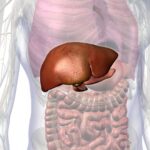




















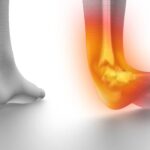
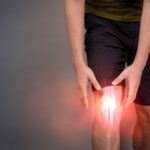
































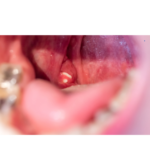







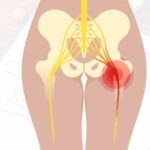

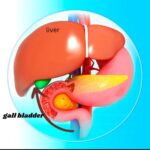





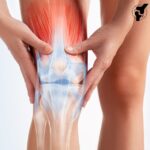














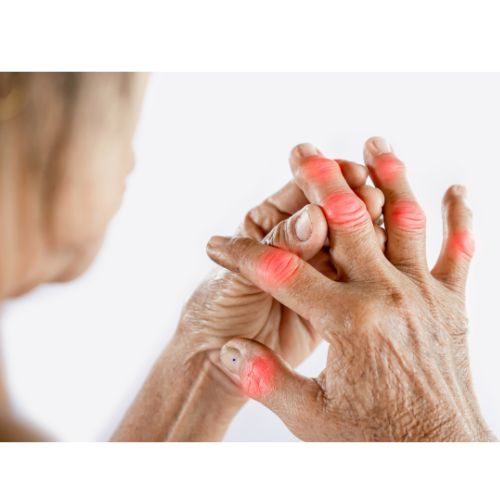


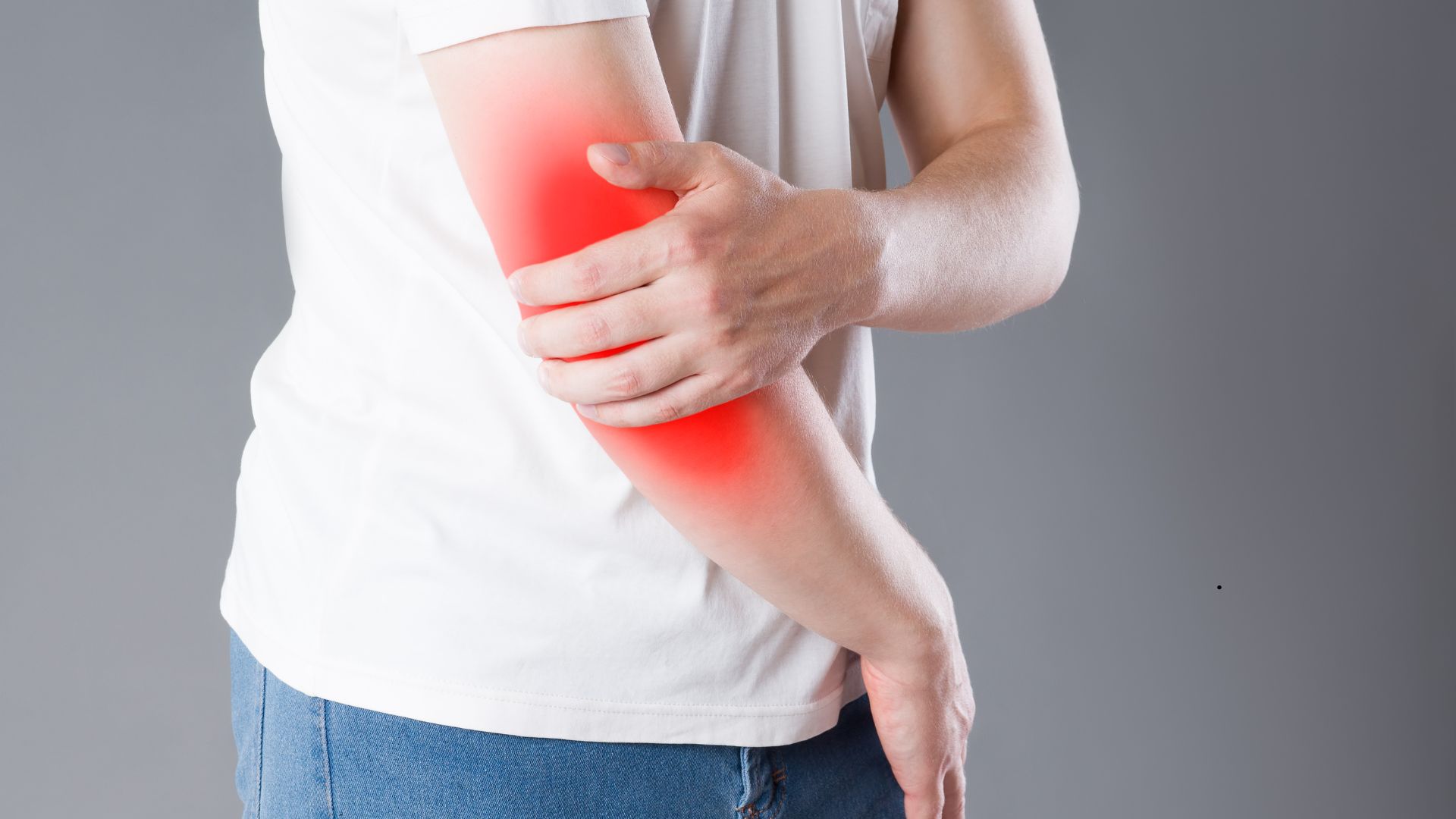

obviously like your web-site but you have to test the spelling on several of your posts. Many of them are rife with spelling problems and I to find it very bothersome to tell the reality nevertheless I’ll surely come again again.
Hi there, i read your blog from time to time and i own a similar one and i was just wondering if you get a lot of spam remarks? If so how do you stop it, any plugin or anything you can suggest? I get so much lately it’s driving me mad so any help is very much appreciated.